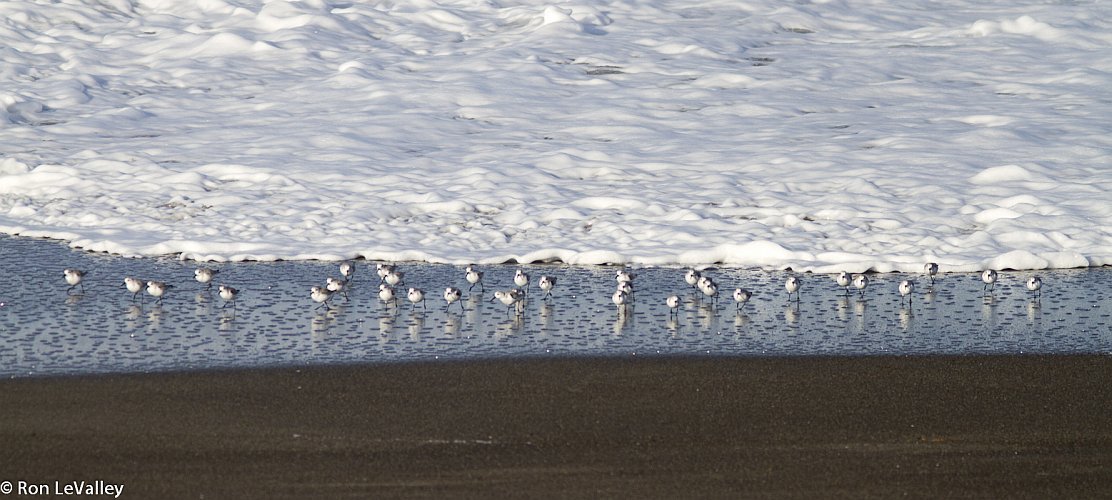
News
American Bittern
American Bitterns are more often heard than seen. They live in the cattails and bulrushes of fresh and saltwater marshes. They move in what has been called an agonizingly slow beat…
American Goldfinch
In spring American Goldfinch definitely deserve their nickname: wild canary. The male is bright lemon yellow with a black cap, wings, and tail. Females are olive-yellow with dusky wings…
American Kestrel
At nine inches the American Kestrel is our smallest falcon. It has been also called a sparrow hawk. This common year-round resident can be seen hovering over fields or perched on telephone poles along roadways…
Anna's Hummingbird
In some Native American cultures, the hummingbird represents joy. On cold winter mornings, hearing this 4.5 inch bird that weighs less than 4.5 grams, singing its heart out in iridescent pink…
Bald Eagle
In 1782 the Bald Eagle was chosen as our national symbol for its strength, fierce demeanor, and loyalty. Others, including Ben Franklin, mumbled that they are pirates who steal fish from Ospreys and are scavengers that feed on carrion…
Band-Tailed Pigeon
I usually hear the strong, flapping wings of Band-tailed Pigeons as the flock takes off from its perch at the tip of a tree. At fifteen inches, the Band-tailed pigeon is the largest of the pigeon-dove family…
Barn Swallow
The association between Barn Swallows and people allows many of us to enjoy watching their nestlings grow right outside our doors. They are easily recognized by their deep-blue backs, long pointed wings, and deeply forked tails…
Barred Owl
"Who cooks for you, who cooks for you-all" is the vocalization of the Barred Owl. It is very similar to our Spotted Owl but larger and more aggressive…
Belted Kingfisher
Belted Kingfishers are easy to spot along waterways, perched on conspicuous branches or wires, ready to dive headfirst for their meal. Their call is a loud, dry rattle.
Black-Crowned Night Heron
An odd but not uncommon sound in the night is the flat, barking ‘quork’ of the Black-crowned Night Herons as they fly to their nighttime hunting grounds along ponds, salt-water marshes and slow-moving streams.












